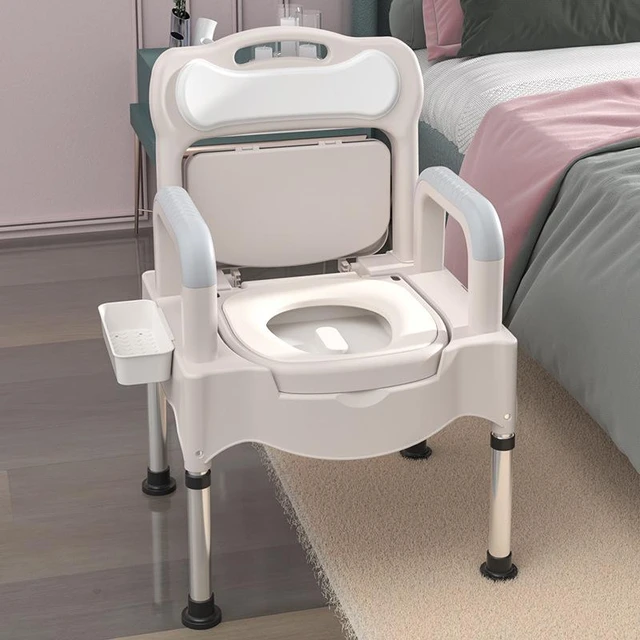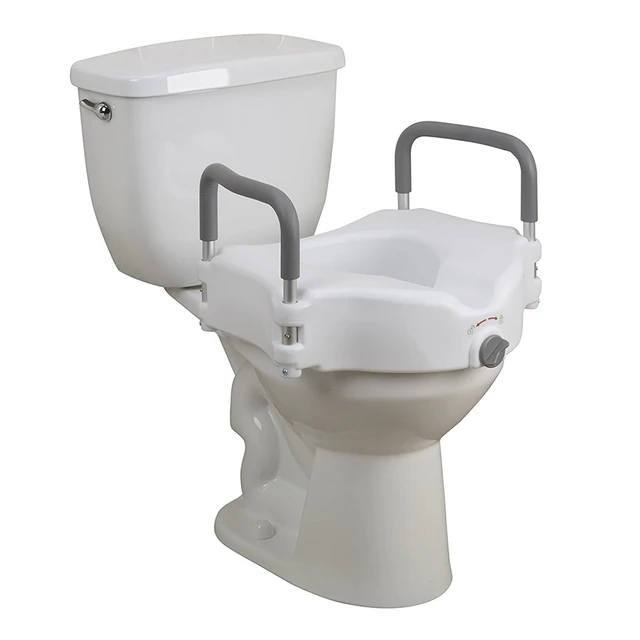 Introduction:
Introduction:
A toilet seat for the elderly is a specialized fixture that provides comfort, stability, and safety. It is designed to meet the unique needs and challenges faced by older individuals, including limited mobility, joint pain, and frailty. In this comprehensive guide, we will explore the features, benefits, and considerations of a toilet seat for the elderly. By understanding the functionality, types, and installation options, individuals can make informed decisions and improve the bathroom experience for elderly individuals, maintaining their independence and promoting their well-being.
Common materials:
Toilet seats for the elderly are available in various materials, each with different qualities and benefits. Here are some common materials used for these seats:
Plastic:
It is a popular material for toilet seats due to its durability, affordability, and ease of maintenance. Plastic seats are lightweight and resistant to chipping, scratching, and staining. They are also available in a range of colors and finishes.
Polypropylene:
Polypropylene is a type of plastic known for its strength and resistance to chemicals. It is often used for toilet seats due to its durability, high impact resistance, and ease of cleaning. Polypropylene seats are also lightweight and comfortable to sit on.
Wood:
Wood toilet seats provide a classic and warm aesthetic. They are typically made of materials such as oak, maple, or bamboo. Wood seats can be finished with various coatings to enhance their durability and resistance to moisture and staining. They are sturdy and have a natural appeal.
Compression Molded Wood:
Compression molded wood is a blend of wood fibers and resins that undergoes a high-pressure molding process. The result is a toilet seat that combines the beauty of wood with the durability and moisture resistance of plastic. Compression molded wood seats are sturdy, comfortable, and resistant to cracking and chipping.
Soft Close:
Soft close toilet seats, regardless of the primary material used, have built-in mechanisms that allow the seat to lower gently and quietly without slamming. This feature adds convenience and prevents accidental noise or damage.
The choice of material for a toilet seat for the elderly depends on personal preference, budget, durability requirements, and desired aesthetics. It’s important to consider factors such as comfort, hygiene, ease of cleaning, and longevity when selecting the material for a toilet seat specifically designed for the elderly.
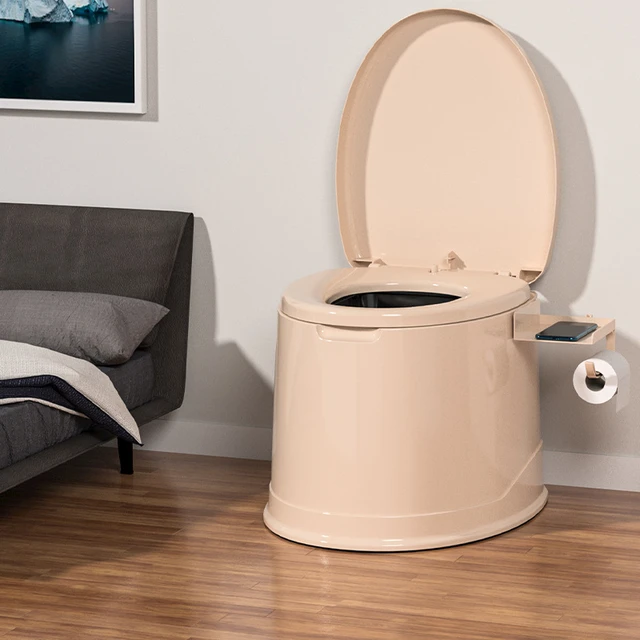 Features and Benefits of a Toilet Seat for the Elderly
Features and Benefits of a Toilet Seat for the Elderly
Raised Height:
A toilet seat for the elderly often has a raised height, making it easier for individuals with limited mobility to sit down and stand up from the toilet.
This feature reduces strain on the knees and joints, promoting comfort and independence.
Some toilet seats for the elderly come with armrests or handles, providing stability and support during transfers.
These features assist with balance and can help prevent falls or accidents.
Non-Slip Surface:
Many toilet seats designed for the elderly feature a non-slip surface, reducing the risk of slipping or sliding when using the toilet.
This surface provides additional stability and promotes safety.
Types of Toilet Seats for the Elderly
Raised Toilet Seats:
Raised toilet seats add height to the toilet, making it easier for the elderly to sit and rise.
They come in various heights and can be added to an existing toilet without the need for extensive installation.
Toilet Seat Risers:
Toilet seat risers, similar to raised toilet seats, add height to the existing toilet seat.
These risers are designed to fit securely on top of the toilet bowl and can be easily installed or removed as needed.
Commode Chairs:
Commode chairs function as both a toilet seat and a portable chair with a built-in waste container.
These chairs provide flexibility for individuals who may have difficulty reaching the bathroom.
Considerations for Choosing a Toilet Seat for the Elderly
Stability and Weight Capacity:
When choosing a toilet seat for the elderly, consider the stability and weight capacity required to accommodate the individual’s needs.
Ensure that the seat is sturdy and can support the person’s weight safely.
Comfort and Size:
Select a toilet seat that offers adequate width and depth to provide comfort during use.
Consider features like padding or contouring for additional comfort and support.
Installation and Compatibility:
Check the installation requirements and compatibility with the existing toilet.
Ensure that the seat can be securely attached to the toilet and fits properly with the bowl and the rim.
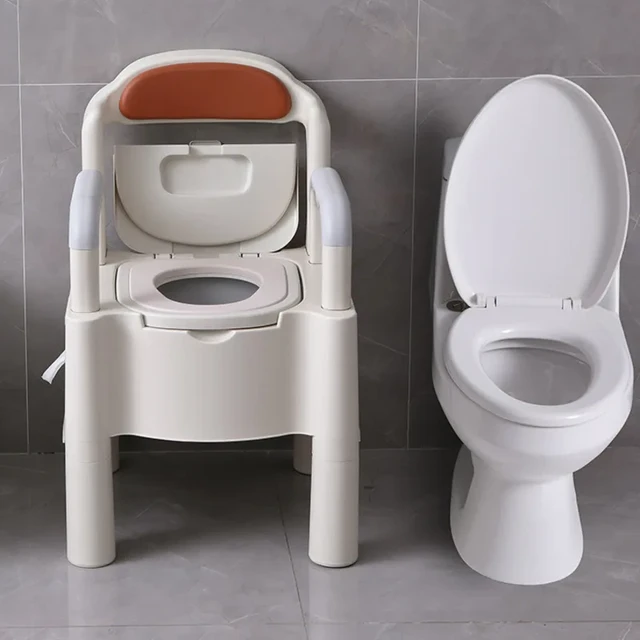 Cleaning and Maintenance
Cleaning and Maintenance
Regular Cleaning:
Clean the toilet seat for the elderly regularly using mild soap and water to maintain hygiene.
Avoid using abrasive cleaners or harsh chemicals that may damage the seat’s surface.
Inspect for Wear and Tear:
Periodically inspect the seat for any signs of wear or damage.
Replace the seat if necessary to ensure continued safety and comfort.
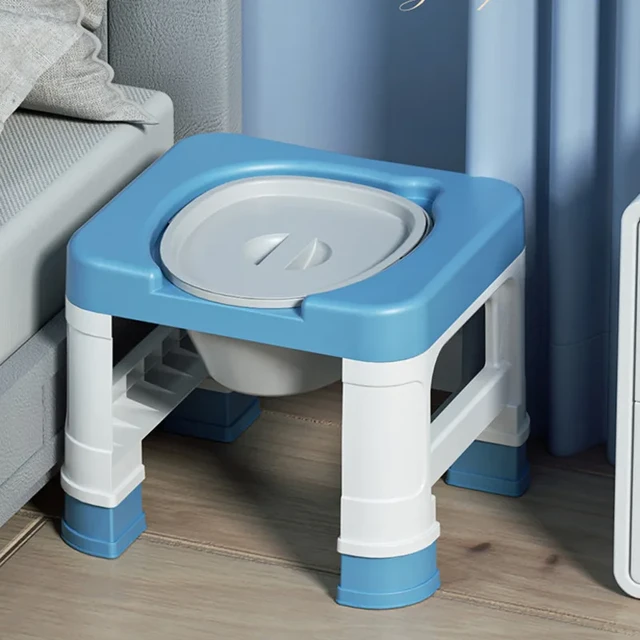 The development trends for Toilet Seats for the Elderly
The development trends for Toilet Seats for the Elderly
The development trends for Toilet Seats for the Elderly are as follows:
Height Adjustability:
Toilet seats with adjustable heights are becoming more popular. This feature allows the seat to be raised or lowered to a comfortable height for individuals with different mobility levels, reducing the strain on their joints and muscles.
Enhanced Stability and Support:
Toilet seats for the elderly are being designed with enhanced stability features. This includes adding armrests, handles, or grab bars to provide additional support and stability for users when sitting down or standing up.
Anti-slip Surfaces:
To improve safety and reduce the risk of falls, toilet seat surfaces are being designed with anti-slip properties. This helps to prevent the user from sliding or losing balance during use, providing greater confidence and security.
Hygiene and Cleaning Features:
Manufacturers are incorporating hygiene-focused features to ensure easy cleaning and maintenance. This can include antimicrobial coatings, removable seat covers, or quick-release mechanisms to easily detach the seat for thorough cleaning.
User-Friendly Design:
Toilet seats for the elderly are being designed with user-friendly features. This may include easy-grip handles, larger seating areas, or soft-close mechanisms for quiet and gentle seat closure to prevent accidental slams.
Accessibility Compliance:
Many toilet seat designs are focused on meeting accessibility requirements and guidelines. This ensures that they are compatible with various mobility aids, such as wheelchairs or walkers, and that they can accommodate different user needs and abilities.
Ergonomic Considerations:
Toilet seats for the elderly are being designed with ergonomic principles in mind. This includes features that promote proper posture and comfort during use, reducing strain on the back, hips, and knees.
Smart Technology Integration:
Some toilet seats for the elderly are incorporating smart technology. This can involve features such as automatic bidet functions, heated seats, or remote controls for added convenience and comfort.
These trends reflect the growing focus on enhancing safety, comfort, and accessibility for elderly individuals using toilet seats. Manufacturers are acknowledging the unique needs of the aging population and striving to develop products that address these needs effectively.
 Conclusion:
Conclusion:
A toilet seat designed for the elderly provides enhanced comfort and safety, promoting independent living and reducing the risk of accidents or injuries. By understanding the features, benefits, and considerations associated with a toilet seat for the elderly, individuals can make informed decisions and choose the right option to meet their specific needs. Regular cleaning and maintenance ensure the longevity and hygiene of the seat. With the comprehensive information provided in this guide, individuals can confidently select, install, and maintain a toilet seat for the elderly, improving the bathroom experience and maintaining the well-being and dignity of older individuals. Elevate bathroom safety, promote independence, and enhance comfort with a toilet seat designed for the specific needs of the elderly.
